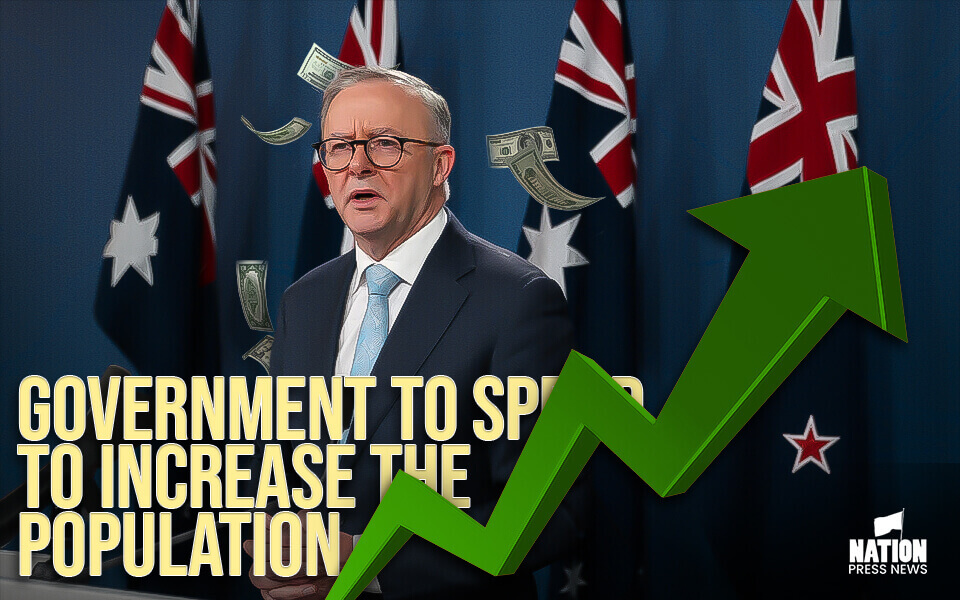Government to spend to increase the population as the Australian economy will slow down in the future.
According to the government report released on Thursday, because the population is getting older, the nation could face decades of slower economic growth, which will pressure the budget and lift the national debt. The reforms suggested that taxation was notably absent from the reforms.
Jim Chalmers, the Treasurer, said that when releasing the latest intergenerational report, climate change, renewable energy, technology, aging, and the need for more aged care would shape the economy over the next 40 years.
Chalmers added that the focus of the Labor government was on relieving the cost of living problems and avoiding the addition of inflation. He also mentioned relief for household power bills.
Chalmers also said that there will be more challenges to manage the changes and shift from IT to AI, from hydrocarbons to renewables, from globalisation to fragmentation, and from a younger population to an older one.
Over the past 40 years, the annual growth has been around 3.1%, and according to the report, the average annual growth will drop to 2.2% until 2063. Chalmers added that all the shifts would be achieved even if the economy slowed.
Over the course of 40 years, some of the slowdown can be attributed to climate change. From the report, it is predicted that due to climate change and a rise in temperature, it could cost between A$135 billion and A$423 billion.
It is estimated that population growth will be slow, as the average would stand at around 1.1%, but it would be higher than the global average. By 2063, there would be 40.5 million Australians, where there are currently 26 million, but they would also be older.
The number of Australians in the nation age-wise would increase, as it is predicted that people aged above 65 would double and those aged 85 and above would triple.
The reports presented have mixed demographics, as the first report, which was presented in 2002, projected that the population would stand at 25 million by 2042. The milestone was achieved in 2018.
Increased retirement rates and a longer lifespan will reduce tax revenues and raise healthcare costs. Thus, it was predicted that government spending would increase by 3.8 percentage points of GDP by 2063, with aging accounting for 40% of that increase.
This is one of the reasons why, following a rare surplus in the previous fiscal year of 2022-2023, the government is forecasting a return to budget deficits.
The report did mention taxation, despite the pressure on the budget. Chalmers, in a round of media interviews this week, made it clear that big tax reforms are not on the plan, despite requests for a review of sales and company taxes from industry leaders.







